Chinese holidays are incredibly lucrative for brands. Take Singles Day as an example, e-commerce giant Alibaba broke records by raking in US$38 billion in sales, exceeding the numbers of Black Friday and Cyber Monday combined. Taking advantage of these holidays can help build positive relationships and brand recognition as well.
We’ve included the best holidays for marketing, limited-time promotions, and opportunities to stay top-of-mind. Here are six Chinese holidays brands need to know.
January: Chinese New Year
In 2019, the revenue of retail sales in China during Chinese New Year hit US$148.96 billion. Consumers have a higher purchase-intent during the holidays. Families spend a significant amount of their discretionary income on gift buying. If you’re marketing to the Chinese audience, this is the best chance you cannot miss.
Examples for Chinese New Year Ads:
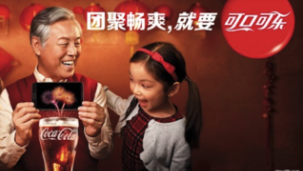
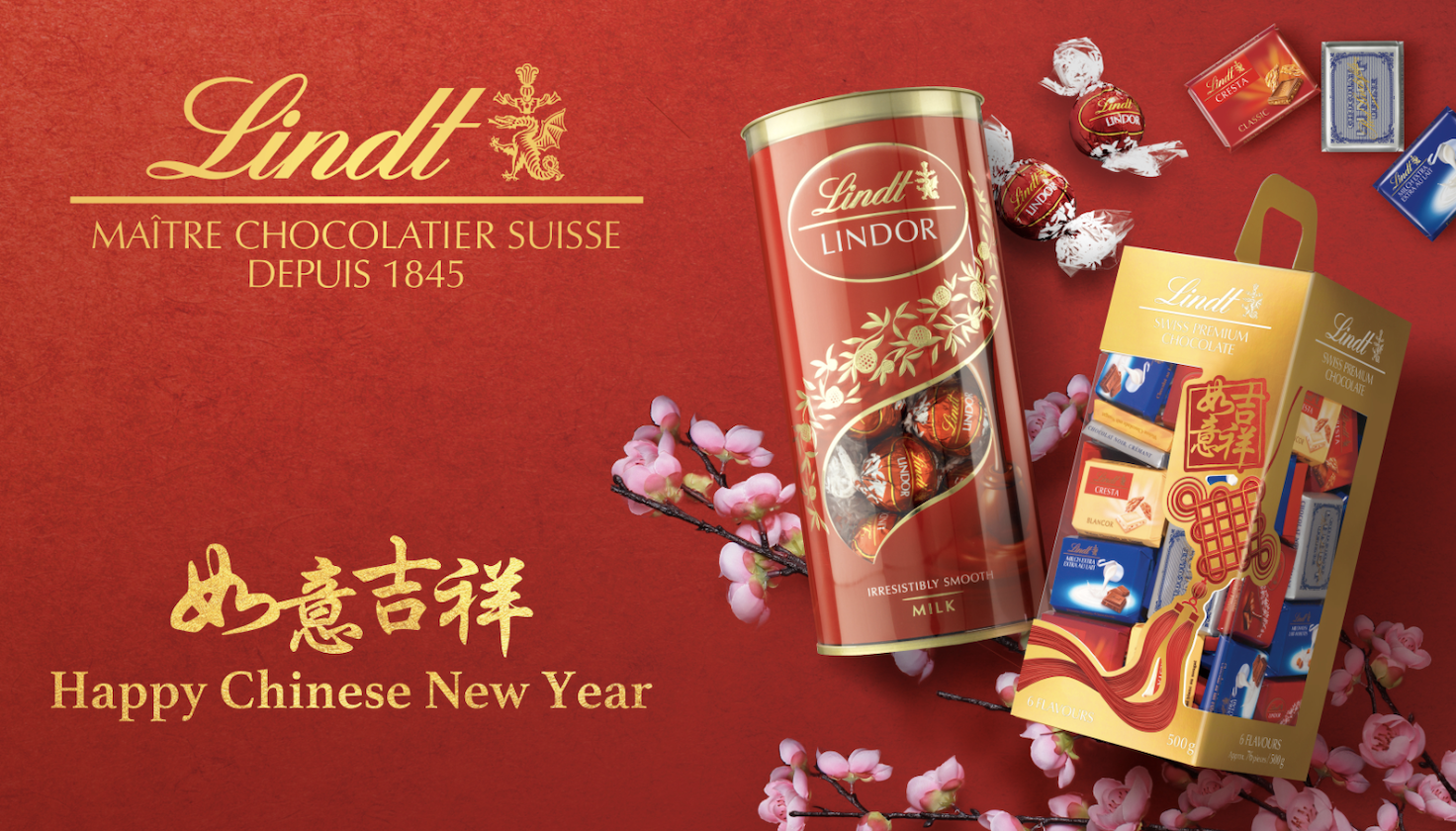
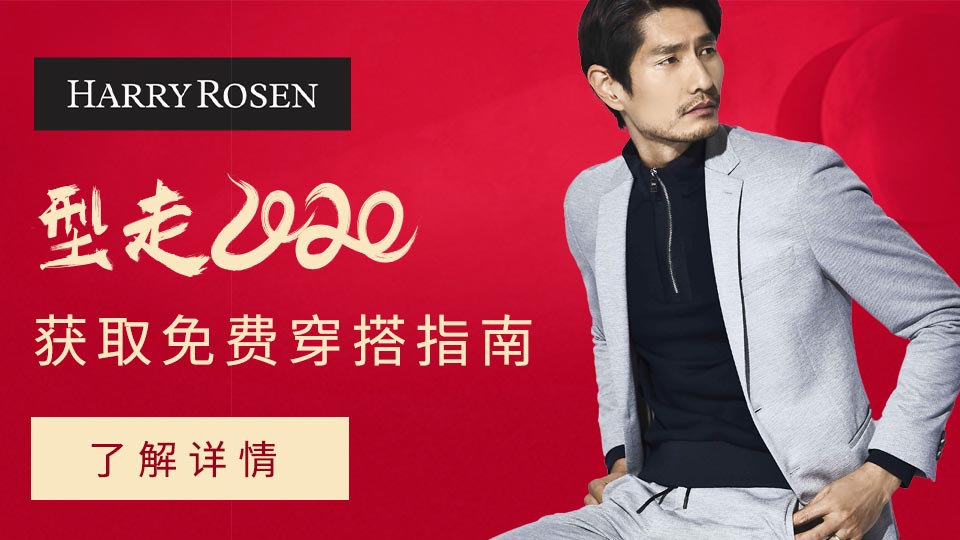
Popular industries that tap into Chinese New Year include:
Real-estate:
- According to Global News, Chinese New Year is a key period in which Chinese-language demographics will seek out new real-estate investments.
Luxury goods:
- Chinese consumers purchase everything from high-end/luxury fashion accessories, clothing, vehicles, and experiences as New Year’s gifts.
Health and wellness products:
- Chinese culture places health and wellness highly on their list of priorities, and their purchasing habits reflect the same.
Curious? Learn more about Why Your Company Should Run a Chinese New Year Media Campaign.
February: Lantern Festival
A single night of lit candles and hand-carried lanterns marks the end of Lunar New Year. Marketers often extend New Year campaigns into the Lantern Festival, as audiences often continue their celebrations.
Things like Tang Yuan (traditional Chinese dessert) and Lantern are typical design elements for marketers to include in their advertising campaigns. They are symbols reflect a company’s cultural fluency that elevates your brand in front of this audience.
March: Women’s Day
International Women’s Day “Fu Nu Day ” is celebrated in China. In recent years the shopping giant, Alibaba, rebranded the holiday as “Queen’s Day” and gave it a fresher edge that is appealing to the younger demographics.
Alibaba’s rebranding technique started a sale extravaganza with many other e-commerce platforms followed by different terms like “Goddess Day” and “Butterfly Day.” The holiday has since become an important sales event in the first half of the year. Understanding the deeper values of women empowerment/independence is crucial for brands to engage with Chinese audiences.
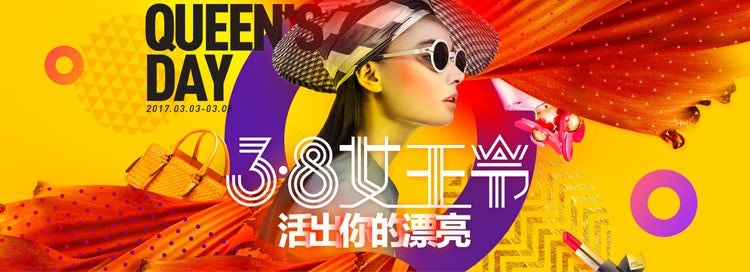
September: Mid-Autumn Day
Akin to Thanksgiving Day, this traditional harvest festival celebrates summer’s end and the approach of a new year. The retail sales of the business and service sectors reached over 299.9 million just in Beijing alone.
For marketing purposes, this would be a good time to thank customers for choosing your business and to make related overtures or loyalty program perks. Air Canada, for example, seized the opportunity and offered incentives in 2019. These forms of engagement would help you to build brand recognition with Chinese consumers as well.
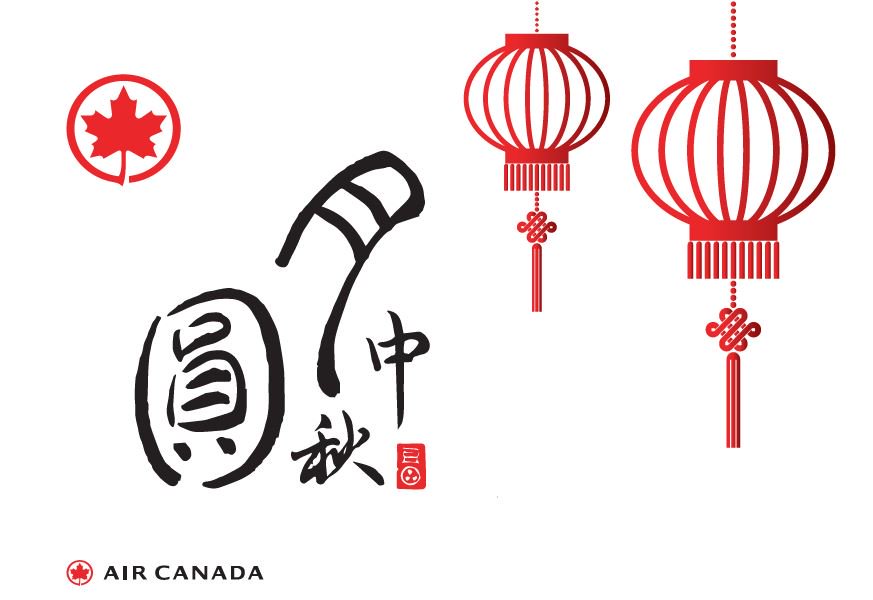
October: National Day
Like Canada Day, this holiday celebrates Chinese culture and the nation as a whole. The long holiday generally leads to the second biggest travel period, after Chinese New Year. Tourism revenue reached nearly 91 billion during the holiday last year. National Day is also a good time for Canadian businesses to offer promotions. Statistics Canada says Chinese visitors spend the most per trip across Canada of any overseas traveler.
November: Singles Day
Another recent addition to Chinese culture, Singles Day started as a chance for single women and men to celebrate their singleness (hence 11/11). In 2009, online retailer Alibaba began using the date for massive online promotions.
On Singles Day, you should expect customers to make lavish purchases they might not make any other time of year. Expect people to buy gifts especially celebrating the single life and purchasing power. If you are marketing specifically to a Chinese audience, you must take this day into account. Have suitable promotions and marketing opportunities ready.

Summary
Best Chinese holidays for a marketing campaign:
- Chinese New Year
- National Day
Best Chinese holidays for limited-time offers:
- Women’s Day
- Singles Day
Best Chinese holidays to stay relevant in front of Chinese audience:
- Lantern Festival
- Mid-Autumn Day
Keep in mind that most Chinese holidays use a lunar calendar as opposed to a western solar calendar. This means that these dates may fall differently on the western calendar each year. If you’d like more information about how to set up marketing campaigns tailored to these Chinese Holidays, don’t try to go it alone. Contact us today and learn more.


